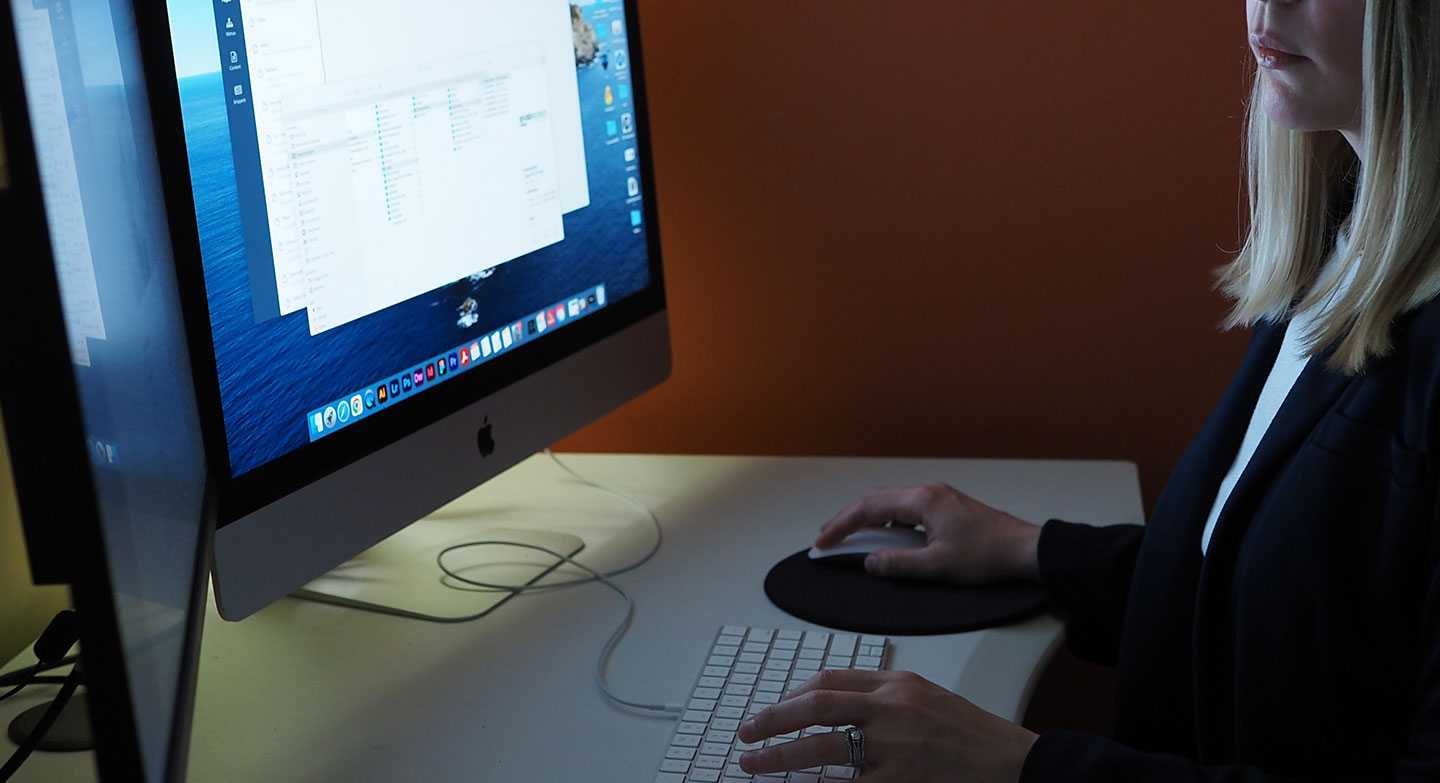Wearable Devices and the Future of Advertising
I’d admittedly been skeptical whenever Google Glass was mentioned in the news— it seemed creepy and intrusive. Surely it would be the next step to everything in The Terminator and Blade Runner and iRobot coming to pass. Also, how are you supposed to drive in that thing? Then I actually had the opportunity to try out the new Google Glass at a professional event, and I have to say, it was a lot better than I thought.
First of all it was comfortable, no heavier or cumbersome than my regular glasses. The screen fit over my right eye, and I was surprised at how well I could see through it or focus on the input. It was not unlike looking up from a book you’re reading to see something across the room, and then looking back at your book again. I didn’t have a chance to fully put the Google Glass through its paces, but the owner did show me how to tap on the right ear band to activate it, and to use voice commands. Simply saying “OK Glass” gets you started, and I was easily able to take pictures and video from there.
After years of taking pictures with cameras and my phone, of having to estimate how to get the camera to see what I’m seeing, it was strange to take a picture that literally was from my point of view. Taking a video was as simple as turning in a circle as everyone I was with waved back. As the technology advances, this is clearly going to be the biggest game changer in photography since the advent of camera phones comparable to point and shoots and SLRs.
This is very exciting from a marketing standpoint. While Google Glass is clearly infant tech, it’s one we’ve been waiting on for almost as long as there has been science fiction. Not only will advertising grow more targeted than ever before thanks to a consumer-eye view of their world, there will be more ways than ever to use that data. Imagine a world where the data comes in real time, where a consumer from Tennessee who travels to Canada on business can instantly get ads tailored to Toronto businesses during their trip, and return to Tennessee-targeted ads upon return. Imagine advertising based on the frequency of visits to stores, data we don’t fully have now because customers don’t always want to publicly check in at any given business. The possibilities are endless.
As a marketer, it’s exciting enough helping clients optimize their marketing efforts for mobile devices. These are ultimately just small computers with variable screen sizes, however. The possibilities of developing new strategies and apps around a totally new, more integrated technology that’s radically different from our computers, tablets, and cell phones is very exciting. I believe this will only further the trend of social marketing that is data driven, conversational, and unlikely to make a hard sell.
Customers want brands who are their allies and friends, integrated as a part of their lives but never pushy, obtrusive, or tone deaf. A future with Google Glass is a future in which marketers are invited to ride shotgun on the customer’s daily road trip through life. Advertisers will have to learn new ways to be along for the ride without being backseat drivers. This is an exciting new challenge to anticipate and prepare for while the technology catches up and becomes more widespread.
